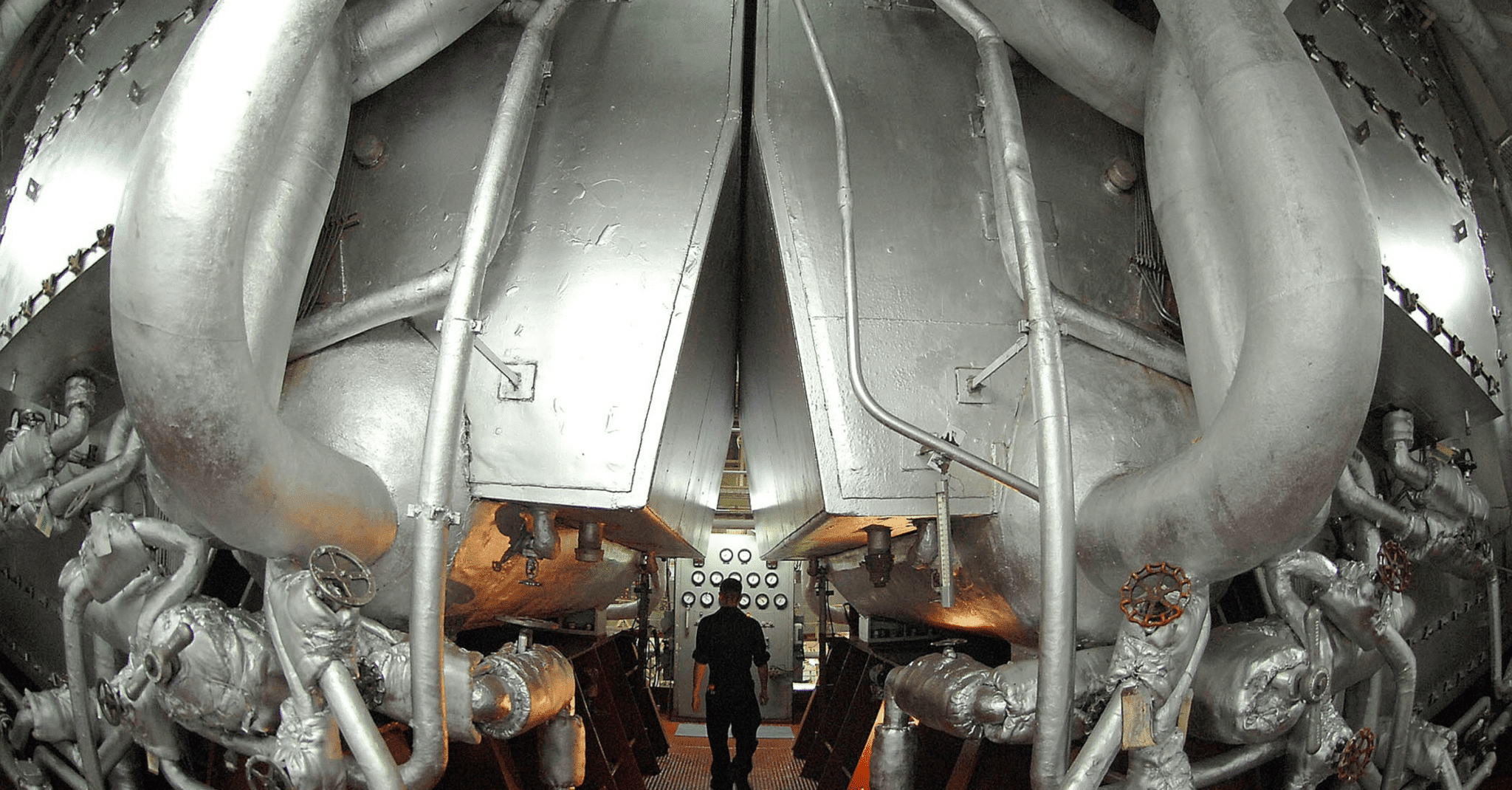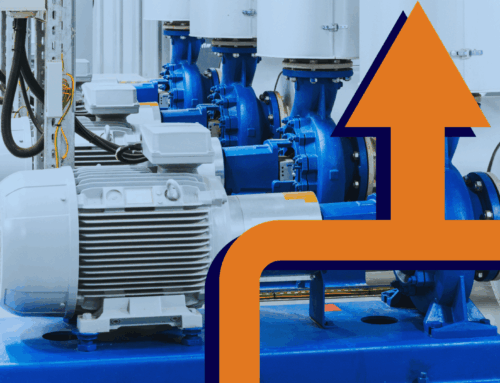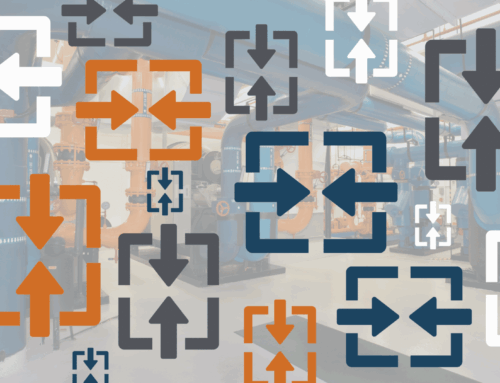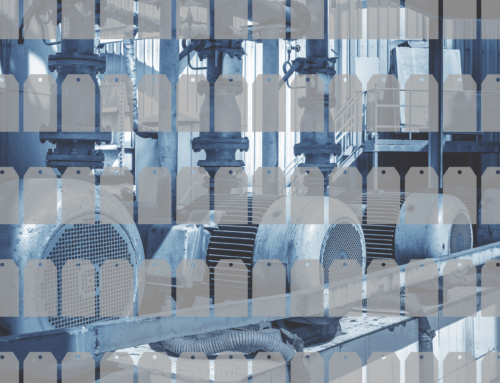Having a good maintenance strategy helps reduce risk and improve operations, but what does that maintenance strategy look like? There are of course best practices; unfortunately, there’s not a one-size-fits-all strategy for all plants. Like any good strategy, your maintenance strategy should be yours. It depends on your equipment, your resources, and your overall goals.
Maintenance has seen a progression from reactive to preventive to predictive maintenance. Predictive maintenance technology is not the end goal though as maintenance strategies will continue to develop as technology changes and advancements are made. As such, it is important for plants to constantly improve and iterate on their maintenance strategies to fully take advantage of your resources.
When creating a maintenance strategy, incorporate the best from the different maintenance types to create a robust strategy. For example, though a plant may want to never have to react to a failure or an issue, one should be prepared.
As you improve your maintenance strategy, here are some ideas to keep in mind:
Maintenance Types: Corrective vs. Preventive vs. Predictive
Three maintenance types include corrective, preventive, and predictive maintenance.
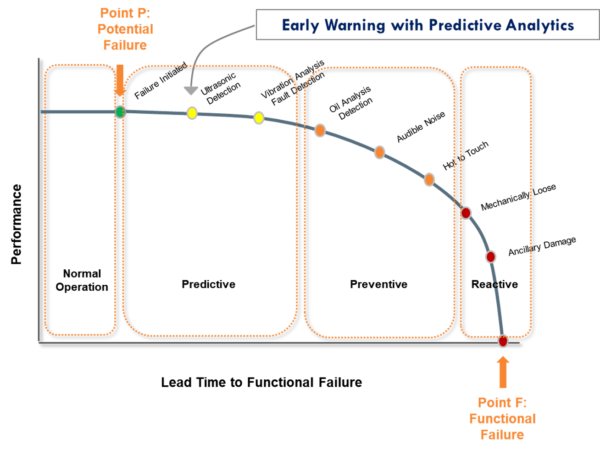
Predictive maintenance in a P-F curve
- With corrective maintenance, you are identifying, isolating, and fixing a fault. Getting the system or piece of equipment back operational is great, but corrective maintenance means that the failure occurred. This can be costly as well as a safety concern.
- Plant preventive maintenance activities are meant to avoid a breakdown or malfunction. Here the failure is not occurring, which is great, but it is typically done based on a time duration. How long do I typically expect this fan to run before going out? This can be costly as well as miss failures that do not occur on a specified timeline.
- Predictive maintenance focuses on identifying hidden and potential failures in advance so that a plant has increase lead time to take the necessary actions.
It’s important to have a clear understanding of each type of maintenance and incorporate all three into your maintenance strategy. Predictive maintenance techniques help reduce unplanned downtime and outages, but they are not fool proof. They can help reduce human error but don’t eliminate it completely.
Use Technology to Your Advantage
Technology should be a part of your strategy. You may have the best resources and people, so why would you not want to give them better tools? That’s where technology comes in, especially predictive maintenance tools. For example, when monitoring equipment beyond DCS setpoint alarms, plants have a couple options:
- They can monitor all the equipment on a rotating cycle. This allows the plant to check the status of all the equipment periodically. A plant hopes that a piece of equipment misbehaves when it is being monitored.
- They can monitor important and critical equipment all the time. In any plant, there are more critical systems that significantly impact the safety and output of the plant. By monitoring these critical systems, a plant reduces the potential risk of catastrophic failures.
Resources and time limit what a plant can monitor, but technology can help overcome this. What if predictive maintenance software could monitor all the equipment in real time, alerting the plant to equipment that need their attention? Much easier.
Beyond predictive maintenance systems, there are other tools to augment your maintenance strategy including historian, CMMS/EAM, and AIP tools. Take a survey of what technology you currently use and what gaps currently exist.
Go Beyond Strategy
Strategy is important, but even the best strategy is nothing without tactics. How are you going to execute your strategy?
An initial step is to survey your current capabilities and what you are trying to achieve. For example, if you want to take advantage of predictive maintenance machine learning, you’ll need good quality data as garbage in, garbage out applies. Do you have a good plant management system? Are you accessing real-time or near real-time data? Do you trust that the data measures what you’re interested in?
Another sometimes underestimated step is training and knowledge sharing. You need a maintenance strategy, but you really need a maintenance strategy that your organization follows. Creating an effective maintenance strategy will take time and money, don’t waste it by leaving it up to chance for implementation. You know your people, so create a training plan and knowledge sharing that works for your organization.
Execute and iterate. It’s difficult to know what you don’t know, so create your maintenance strategy, implement it, and see what works and doesn’t work. There are various predictive maintenance services out there that run from affordable to expensive and simple to complex. You don’t have to implement them all at the beginning. Think about incorporating phases or running pilots. Again, remember that creating your maintenance strategy and tactics is not a one-time thing.
Benefits of Predictive Maintenance
Because resources are finite, you won’t achieve the perfect maintenance strategy. There will be oversights and limitations. What is important is that your organization consistently reflects on:
- Downtime or outage cost of lost production
- Cost of replacing a piece of equipment or system
- Productivity loss of personnel reacting
- Overtime when forced to react to a failure or outage
- Labor required for different types of maintenance (corrective vs preventive vs predictive maintenance)
Reflection and implementation will help your organization grow its maintenance strategy and in turn help your organization achieve operational excellence.
To learn more about our predictive maintenance solution, check out HanPHI! We are here to help you transform your operations to improve productivity and sustainability with the power of predivctive maintenance software.
